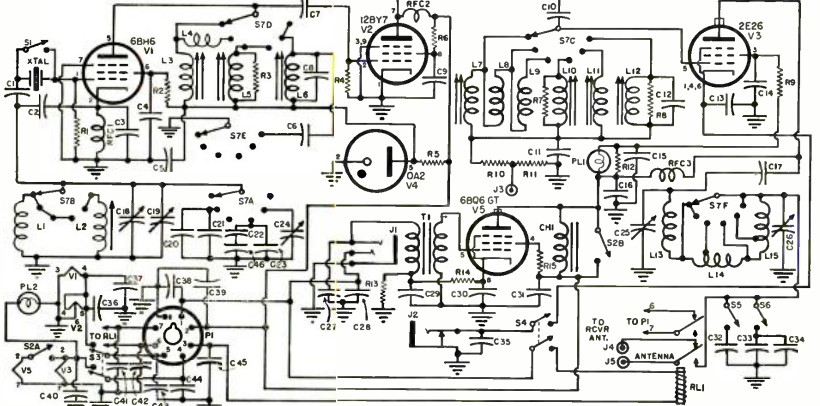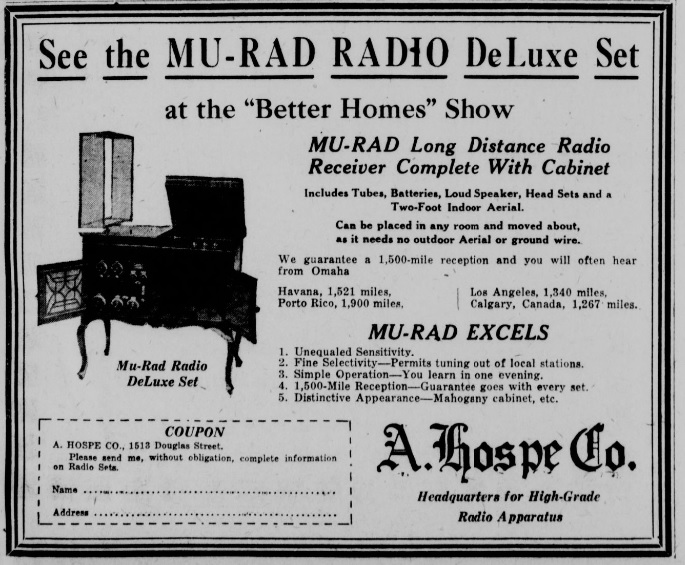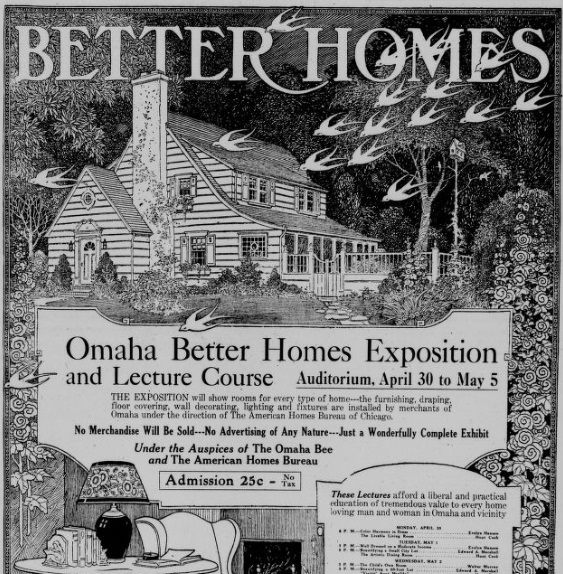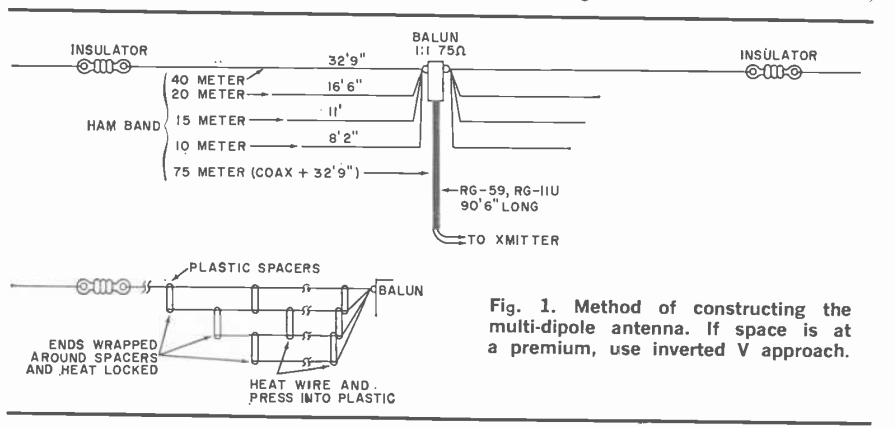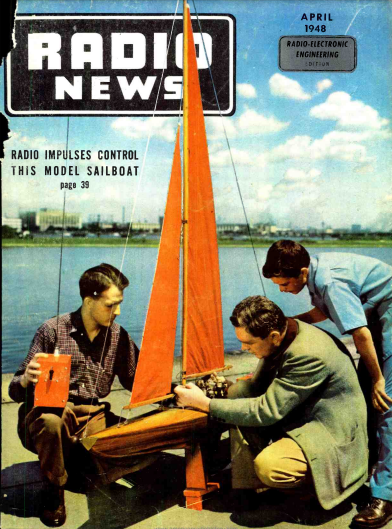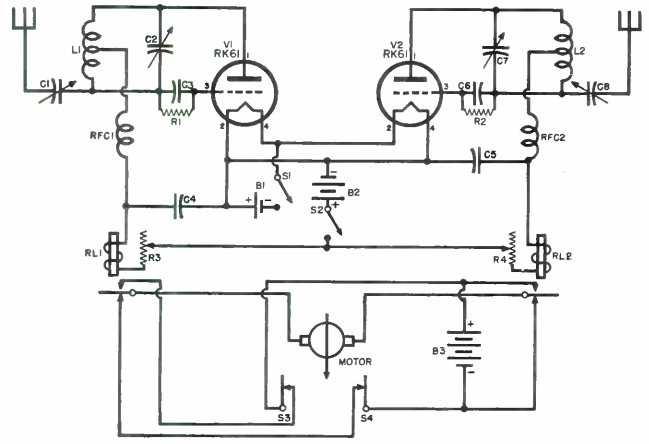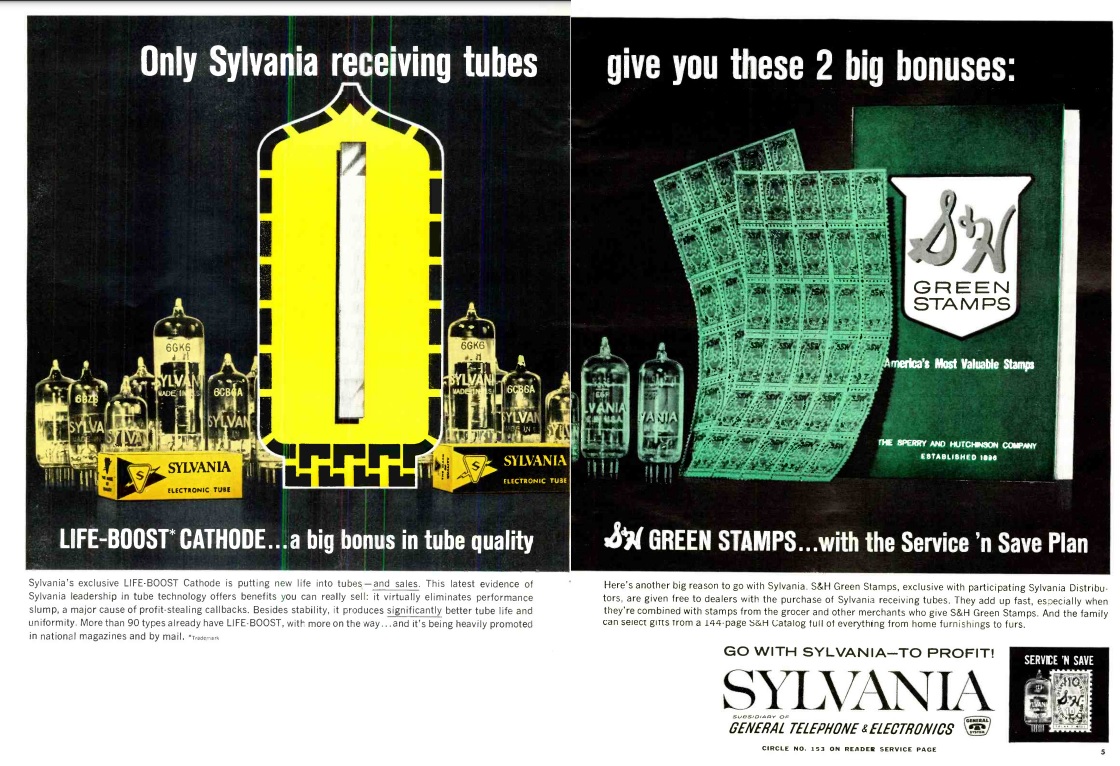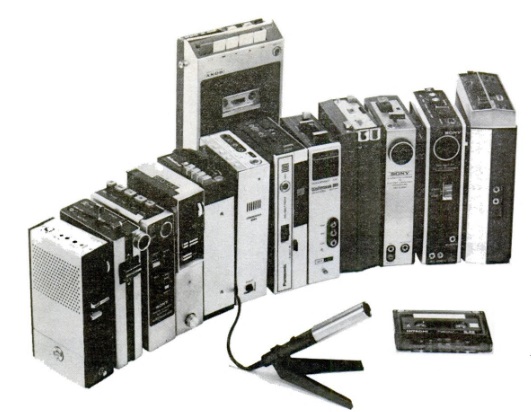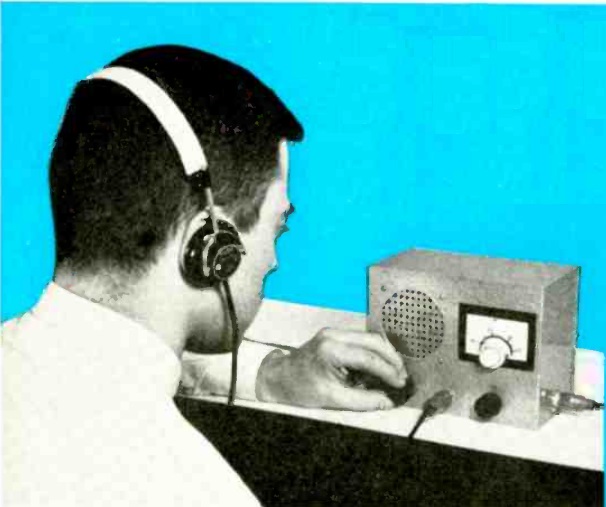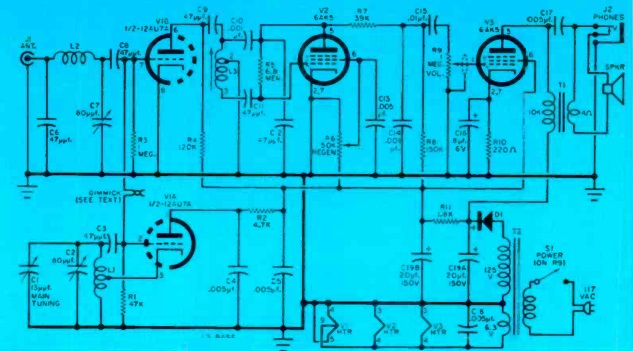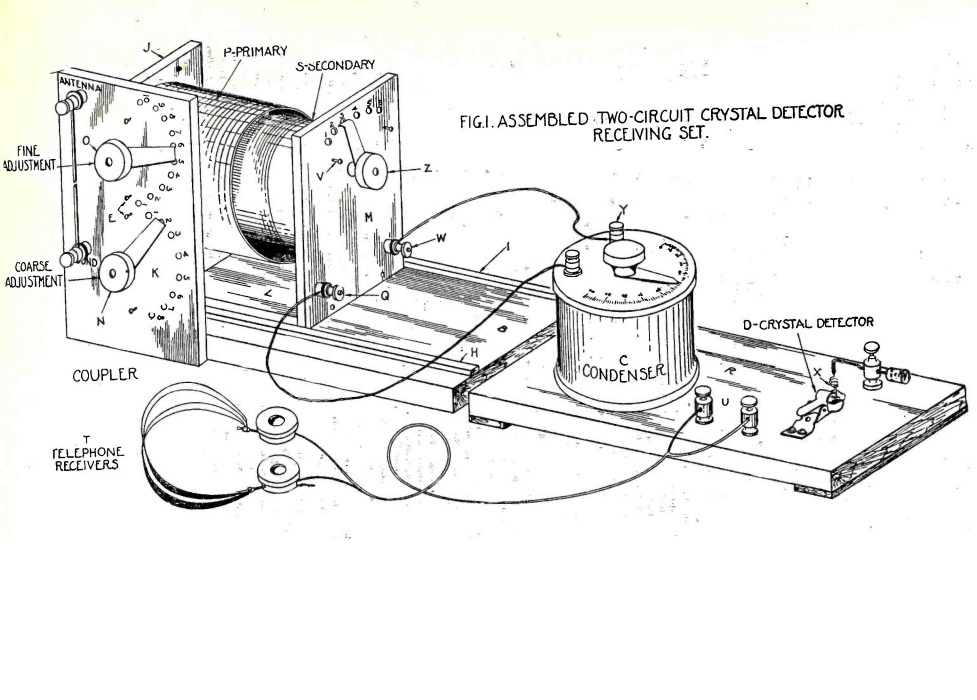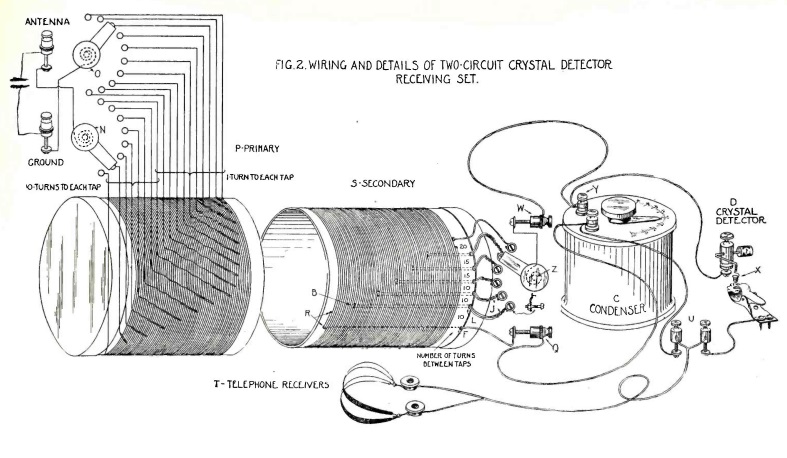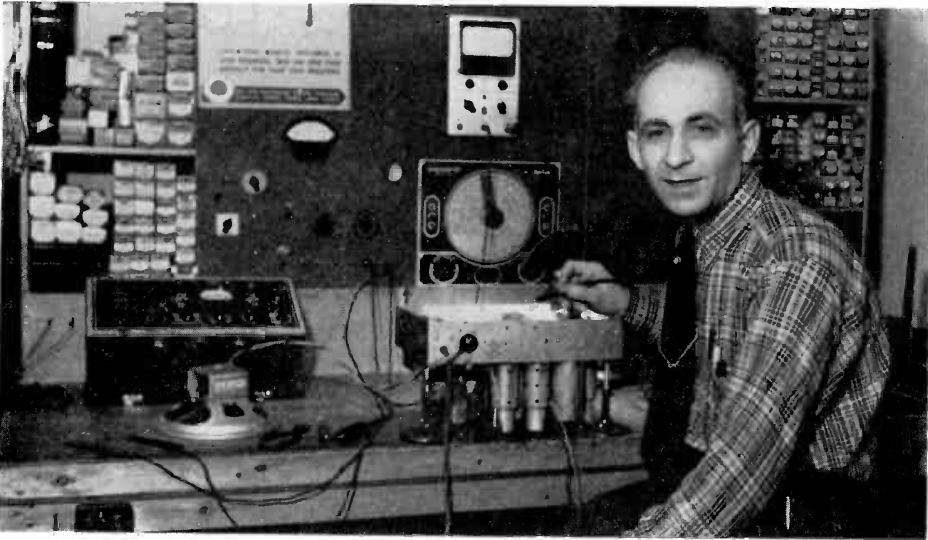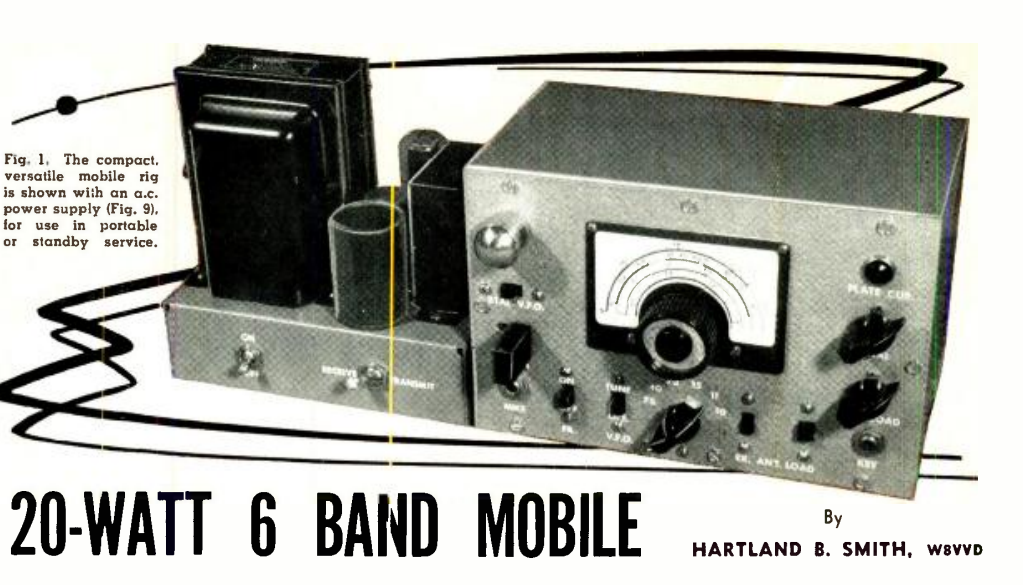 The handsome transmitter shown here appeared 70 years ago this month in the April 1953 issue of Radio News. The designer’s name is probably familiar to our readers, since he was a prolific author of radio construction articles, and was in the electronic kit business, Hartland Smith, W8VVD, later W8QX. We’ve previously featured many of his projects here, and had the pleasure of corresponding with him by e-mail a number of times over the years. He died in 2022 at the age of 99.
The handsome transmitter shown here appeared 70 years ago this month in the April 1953 issue of Radio News. The designer’s name is probably familiar to our readers, since he was a prolific author of radio construction articles, and was in the electronic kit business, Hartland Smith, W8VVD, later W8QX. We’ve previously featured many of his projects here, and had the pleasure of corresponding with him by e-mail a number of times over the years. He died in 2022 at the age of 99.
The rig here was designed for mobile use, powered by a dynamotor under the hood of Smith’s V-8, although it can just as easily be used at a fixed location with the AC supply shown here. It was his second mobile rig, the first one being a crystal-controlled 10 meter transmitter. He noted that this didn’t work out very well on a dead band, so he made sure that the new rig had both a VFO and multi-band operation. This set runs both AM and CW on six bands, 75-10 meters. (For those keeping count, this included 11 meters, which was then a ham band.)
Smith reported that the 20-watt transmitter would run for hours on a fully charged battery, relieving him of the need to burn expensive gasoline idling the engine while operating. The circuit was designed to minimize TV interference, since he noted that a poorly designed mobile in a fringe TV area could wipe out an entire neighborhood.

